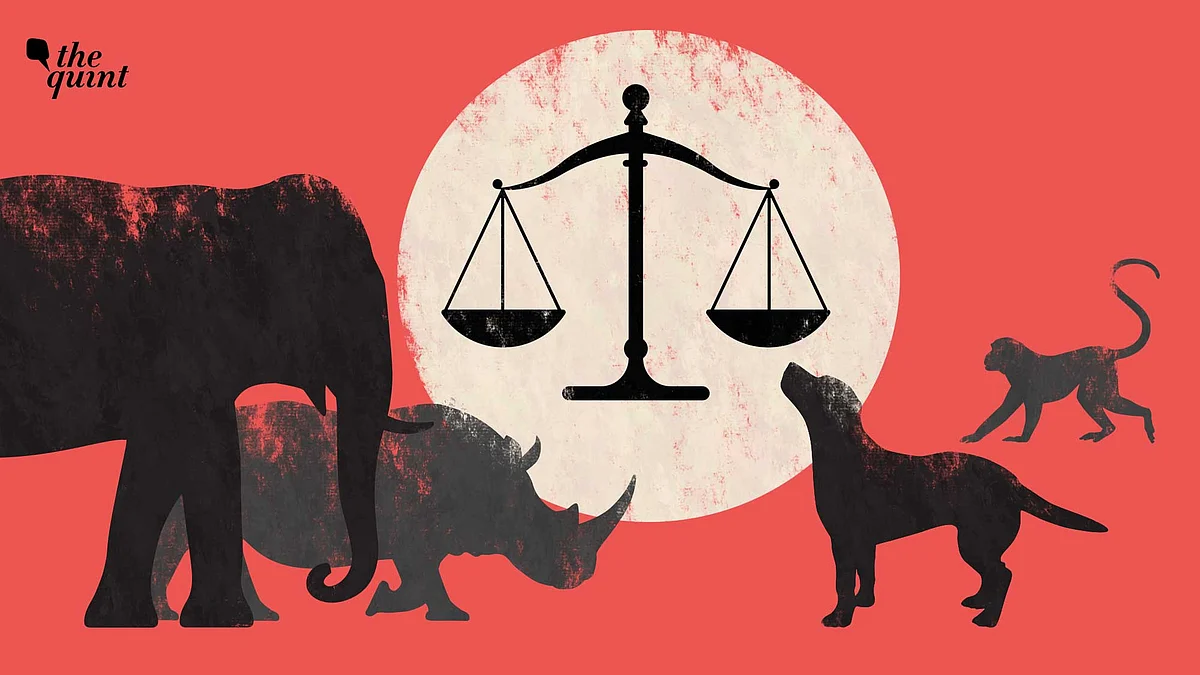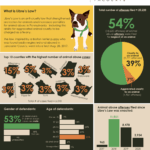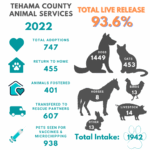In the ever-evolving landscape of animal rights, one pressing concern that emerges is the legal recourse available for animal cruelty offenses. A critical aspect of this issue is the statute of limitations—an essential legal timeframe dictating how long a party may wait before initiating a lawsuit or prosecution. In the context of animal cruelty, understanding the nuances of these limitations becomes crucial for both advocates and the general public interested in animal welfare.
The essence of a statute of limitations is rooted in the principle of fairness. Legal systems recognize that as time passes, the reliability of evidence diminishes. Memories fade, witnesses become untraceable, and the ability to mount a defense can be compromised. However, when it comes to crimes against vulnerable beings—namely animals—societies find themselves grappling with whether these time constraints serve justice or obstruct it. This leads to a significant examination of how the law handles animal cruelty and the implications of the statute of limitations.
At the outset, it is important to categorize animal cruelty offenses. Generally, these fall into two primary categories: misdemeanor and felony offenses. Misdemeanor offenses, which often involve neglect or minor acts of cruelty, typically carry shorter statutes of limitations, usually ranging from one to three years, depending on the state. Conversely, felony offenses—more egregious acts such as severe neglect, torture, or killing of an animal—often have longer statutes of limitations, which can stretch from three to six years or even beyond in certain jurisdictions.
One prevalent question arises: Why should some animal cruelty offenses have longer timeframes than others? The rationale is as complex as the offenses themselves. Felony charges, due to their severity, often require a longer window for investigation and prosecution. Law enforcement agencies may need time to gather forensic evidence, interview witnesses, and build a robust case. In cases inflicted with malice or deliberation, the urgency for justice can become even more pertinent, justifying the extended period to prosecute those heinous acts against animals.
A closer look at specific jurisdictions offers further insight into this multifaceted issue. For instance, some states have implemented “no statute of limitations” clauses for particular cruel acts, thereby allowing prosecution to proceed regardless of the time elapsed. California, for instance, allows for prosecution of felony animal cruelty crimes without a statute of limitations when the act is a violation of the state’s Penal Code. This legal framework provides an essential flexibility that advocates argue is critical in ensuring that justice is served, irrespective of time constraints.
Moreover, the rise of technology has influenced the paradigm of animal cruelty awareness and accountability. The advent of social media and digital documentation has empowered many citizens to become vigilant advocates against animal cruelty. Photo and video evidence, once lagging behind in traditional legal standards, has started to gain credibility within the courts, leading to new conversations around establishing the timeline for bringing cases to justice. Consequently, these advancements challenge traditional views of statutes of limitations and provoke discussions about whether the law should evolve to reflect societal progress.
However, despite the forward momentum in certain jurisdictions, many still grapple with the limitations imposed on prosecuting acts of animal cruelty. Advocates argue that a limited timeframe undermines the seriousness of the offense and ultimately sends a mixed message about society’s commitment to animal welfare. Critics contend that victims—the animals themselves—may suffer a greater injustice as memories fade and evidence deteriorates with time, paving the way for offenders to evade accountability. This debate emphasizes the pressing need for legal reform and a re-evaluation of the frameworks governing animal compassion.
Furthermore, the societal perception of animal cruelty plays a pivotal role in shaping legislative responses. Across various cultures, the treatment of animals resonates differently; some societies view animals as companions and family, while others regard them as mere property. It is this ideological dichotomy that often underpins the variations in statutes of limitations on animal cruelty across different states and regions. The prevailing question remains: how can society cultivate a unified understanding of animal rights that transcends these differences? A shift in perspective is required, one that recognizes animals as sentient beings deserving of protection and compassion, thereby galvanizing lawmakers to tighten restrictions on statutes of limitations.
Consequently, it becomes increasingly vital to foster educational programs that promote awareness of animal rights and cruelty. By advocating for understanding and compassion, society can pave the way for more stringent laws that hold perpetrators accountable, regardless of when the harm occurred. Additionally, engaging in legislative processes, such as lobbying for amendments to existing laws or introducing new bills, can mobilize community support, effectively growing the movement toward comprehensive animal protection.
In conclusion, while statutes of limitations on animal cruelty exist as legal constructs aimed at ensuring timely prosecution, they also represent a critical juncture in the ongoing conversation about animal rights. As society inches closer to a more compassionate understanding of our relationship with animals, the legal framework must adapt as well. By examining the implications of these limitations in various contexts and advocating for more humane laws, we can all contribute to creating a world where animals are protected and valued. A reevaluation of our values concerning animal welfare stands as a pressing necessity, one that can reshape not only legal outcomes for animal cruelty but, ultimately, the fabric of our society itself.








